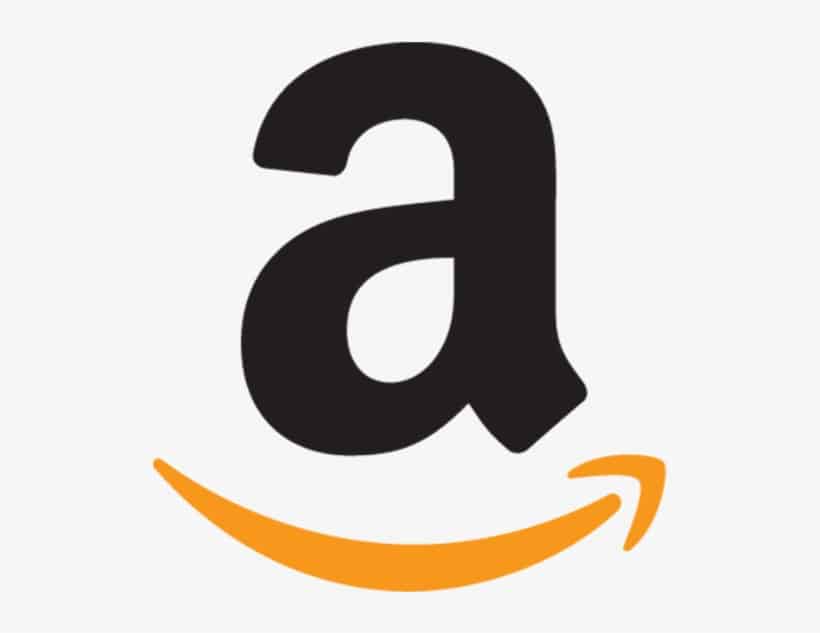Amazon’s rise has been just short of miraculous. From its humble beginnings as a book store to now being the leading retailer in the world, Amazon has continued to innovate to stay ahead of the competition.
Amazon’s competitive advantages are focusing obsessively on its customer, being a low-cost provider with the fastest shipping and pace of innovation. It is also the world’s largest cloud computing company, giving it access to unrivaled amounts of data, which it can utilize to improve productivity.
What does Amazon do?
Amazon is a technology company that focuses on eCommerce, cloud computing, and digital streaming. It is one of the largest companies in the world by market capitalization and has one of the most valuable and recognizable brands globally. It is the world’s largest eCommerce company and a cloud computing company. Amazon has surpassed Walmart in terms of retail revenue and is the second-largest private employer in the United States after Walmart.
What is Amazon’s competitive advantage?
Range of Products
One of Amazon’s most significant competitive advantages is its vast product selection. The company offers an extensive range of products, from books and electronics to clothing and groceries. This selection is made possible by Amazon’s extensive network of third-party sellers, who use the company’s platform to sell their products directly to customers. The vast selection of products helps to attract and retain customers, who know they can find almost anything they need on the site.
Efficient Supply Chain
Another key competitive advantage for Amazon is its efficient logistics network. The company’s investments in technology and infrastructure have enabled it to offer fast and reliable shipping, with options like two-day and same-day delivery available for many products. Amazon’s fulfillment centers, which are strategically located around the world, help the company to quickly process and ship orders to customers, even during peak shopping periods.
Focus on the Customer
Amazon’s customer-centric approach is also a significant competitive advantage. The company places a strong emphasis on providing a positive shopping experience for its customers, with features like easy returns, 24/7 customer service, and personalized product recommendations. This customer-centric approach helps to build trust and loyalty among customers, which can lead to repeat business and positive word-of-mouth marketing.
Pace of Innovation
In addition to its focus on customer experience, Amazon’s focus on innovation is another important competitive advantage. The company has introduced a wide range of new products and services over the years, including Amazon Prime, Amazon Web Services, and Alexa. These innovations have helped to keep the company at the forefront of the digital marketplace and provide additional value to customers.
One area where Amazon has been particularly successful in terms of innovation is its use of data. The company collects vast amounts of data on its customers’ behaviors and preferences, which it uses to make informed decisions about product selection, pricing, and advertising. This data also helps Amazon to develop new products and services that are tailored to the needs and preferences of its customers.
Economies of Scale
Another key competitive advantage for Amazon is its ability to use its scale and resources to drive down costs. The company’s size and reach enable it to negotiate better deals with suppliers and partners, which can help to keep prices low for customers. Amazon also invests heavily in technology and automation, which helps to reduce its operating costs and improve efficiency.
What are Amazon’s weaknesses?
Amazon faces tough competition in Asia. Asia is a vast market for eCommerce with its rising middle class, internet connectivity, and technology adoption. China alone has Alibaba, JD.com, and Pinduoduo, which all deeply understand the Chinese consumer behavior.
Amazon struggles to be profitable in some areas of operation, such as shipping. Shipping and logistics are a huge part of Amazon’s business. The free shipping, low-cost items, and huge Capex expenditures needed to run the logistics mean that profit margins are razor-thin. Amazon loses money on many of its low-cost items and makes up the loss on higher-priced items with wider margins.
Who are Amazon’s competitors?
Retail is fiercely competitive, and Amazon is not immune to this competition. Any retail store, no matter how small, can be considered a competitor to Amazon. Online stores are becoming increasingly popular. Costco and Walmart have moved into the eCommerce space, and companies such as Shopify have enabled entrepreneurs to start online businesses.
Amazon has been moving some of its online sales to physical stores with the purchase of Whole Foods and the expansion of Amazon Go. There is no shortage of brick-and-mortar retailers; Costco, Walmart, Best Buy, and Target all offer many products that are also available through Amazon.
Amazon has also moved into the subscription services space with Amazon Prime, which currently has over 200 million subscribers. The service offers video streaming, e-books, audiobooks, and digital music. Again, some giants, such as Netflix, Apple, and Google, already offer the same or similar services.
Lastly, Amazon has successfully moved into the cloud computing space with its AWS. AWS offers machine learning, storage, data analytics, and artificial intelligence services to governments, enterprises, and startups. Companies such as Microsoft, Google, Oracle, and Alibaba are already operational and create tough competition for Amazon.
What is Amazon’s opportunity for growth?
Amazon has rolled out its payment system called Amazon Pay. It allows users to use payment methods already associated with their Amazon accounts to pay for goods and services on Amazon’s websites and third-party websites. Amazon Pay generates revenue through commissions. Using Amazon’s payment services can significantly improve the overall profitability of each transaction.
Amazon has already expanded into private label products, with a lot of the most commonly bought and profitable items already sold under the Amazon brand. Instead of just taking a commission from each sale of a third part good, Amazon can increase profit margins by selling under private label. There are many more products Amazon can offer that it currently does not.
Amazon has a massive fleet of vehicles to deliver its products. The last mile of delivery is notoriously the most expensive; shipping bulk items from a distribution center is much cheaper than shipping a single item to a house in the countryside. Delivering costs could be significantly reduced if self-driving technology can be efficiently and economically implemented. Drones could also be a solution.
Conclusion
In conclusion, Amazon’s competitive advantage is based on a combination of factors, including its vast product selection, efficient logistics network, customer-centric approach, focus on innovation, use of data, and ability to drive down costs. These factors have helped the company to become one of the most valuable and dominant companies in the world, with a strong reputation for customer service and innovation. However, Amazon’s power and influence have also raised concerns about competition and the wider economy, and it will be essential for the company to address these concerns to maintain its competitive position in the future.


